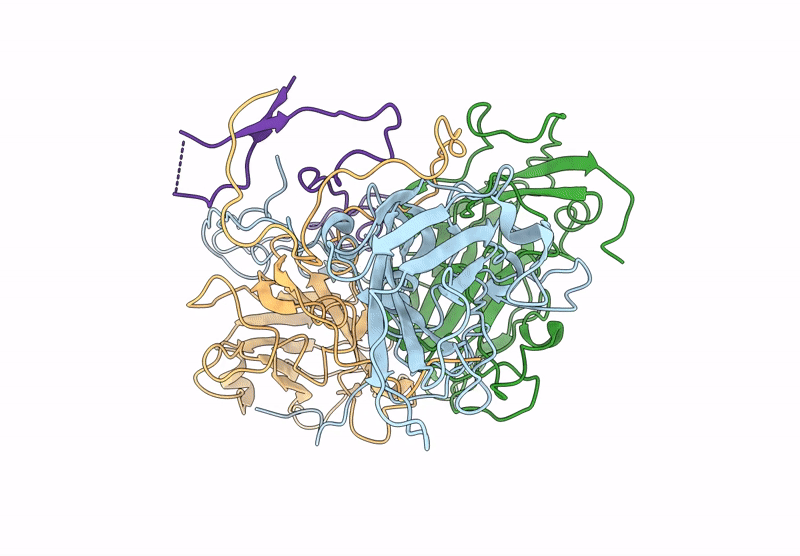
Deposition Date
2020-07-03
Release Date
2021-03-17
Last Version Date
2024-05-01
Method Details:
Experimental Method:
Resolution:
3.40 Å
Aggregation State:
PARTICLE
Reconstruction Method:
SINGLE PARTICLE


